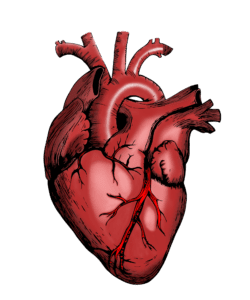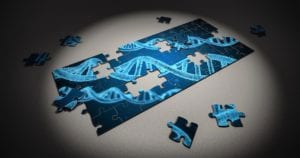Barth Syndrome
What is Barth syndrome?
Barth syndrome is a rare, metabolic, and neuromuscular disorder that occurs exclusively in males, since it is passed from mother to son through the X chromosome. The main characteristics of the condition include abnormalities of heart and skeletal muscle; low levels of certain white blood that help to fight bacterial infections; and growth retardation.What are the symptoms of Barth syndrome?
- Weakened heart muscle (cardiomyopathy) that leads to the enlargement of the heart’s lower chambers (ventricles)
- Weakening of the heart’s pumping action, reducing the volume of blood circulating to the lungs and the rest of the body (heart failure)
- Abnormally diminished muscle tone (hypotonia)
- Muscle weakness (skeletal myopathy)
- Delayed development of gross motor skills (crawling, walking, running, jumping, and maintaining balance)
- Weakness of the facial
- Mild learning disabilities
- Proclivity to recurrent bacterial infections due to low levels of circulating neutrophils in the blood (neutropenia)
- Abnormally increased levels of a substance called 3-methylglutaconic acid in the urine and blood.
What causes Barth syndrome?
Barth syndrome is caused by mutations in the TAZ gene, which is located on the X chromosome. The TAZ gene provides “instructions” for a group of proteins called tafazzins that serve at least two functions. First, these proteins play a role in the maintenance of the inner membranes of structures inside cells called mitochondria. Cells depend on mitochondria to produce the energy they need. Tafazzins also promote the development of bone cells. Mutations in the TAZ gene that cause Barth syndrome disrupt the protein’s ability to function correctly, thereby causing the signs and symptoms of Barth syndrome.How is Barth syndrome diagnosed?
Barth syndrome may be diagnosed based upon a thorough clinical evaluation, identification of characteristic physical findings, a complete patient and family history, and a variety of specialized tests. These tests include:- Metabolic screening tests
- Genetic tests
What are the treatments for Barth syndrome?
Treatment for Barth syndrome is generally directed toward the specific symptoms. Many infants and children with Barth syndrome require therapy with diuretic and digitalis medications to treat heart failure. Some affected children are gradually removed from such cardiac therapy during later childhood due to improvement of heart functioning.Where can I find out more about Barth syndrome?
Barth Syndrome Articles


FDA’s Refusal to Review Rare Disease Treatment Denies Patients’ Right to Try
Patient Worthy Contributor
March 19, 2024
Read More »

World Orphan Drug Congress USA 2023: The Challenge of Ultra-Rare Disease Drug Development
James Moore
June 15, 2023
Read More »

EMA Grants Orphan Drug Designation to Elamipretide for Barth Syndrome
Kendall Mason
June 29, 2022
Read More »

Barth Syndrome Chairman Appeals to the FDA For Appropriate Guidelines When Approving Drugs for Ultra-Rare Diseases
Rose Duesterwald
September 24, 2021
Read More »


Alexander’s Story: Diagnosed with Barth Syndrome After Losing Brother
Kendall Mason
May 4, 2021
Read More »

University of Florida Study: Barth Syndrome Gene Therapy Preclinical Results Look Good
Jean Martell
December 18, 2018
Read More »



